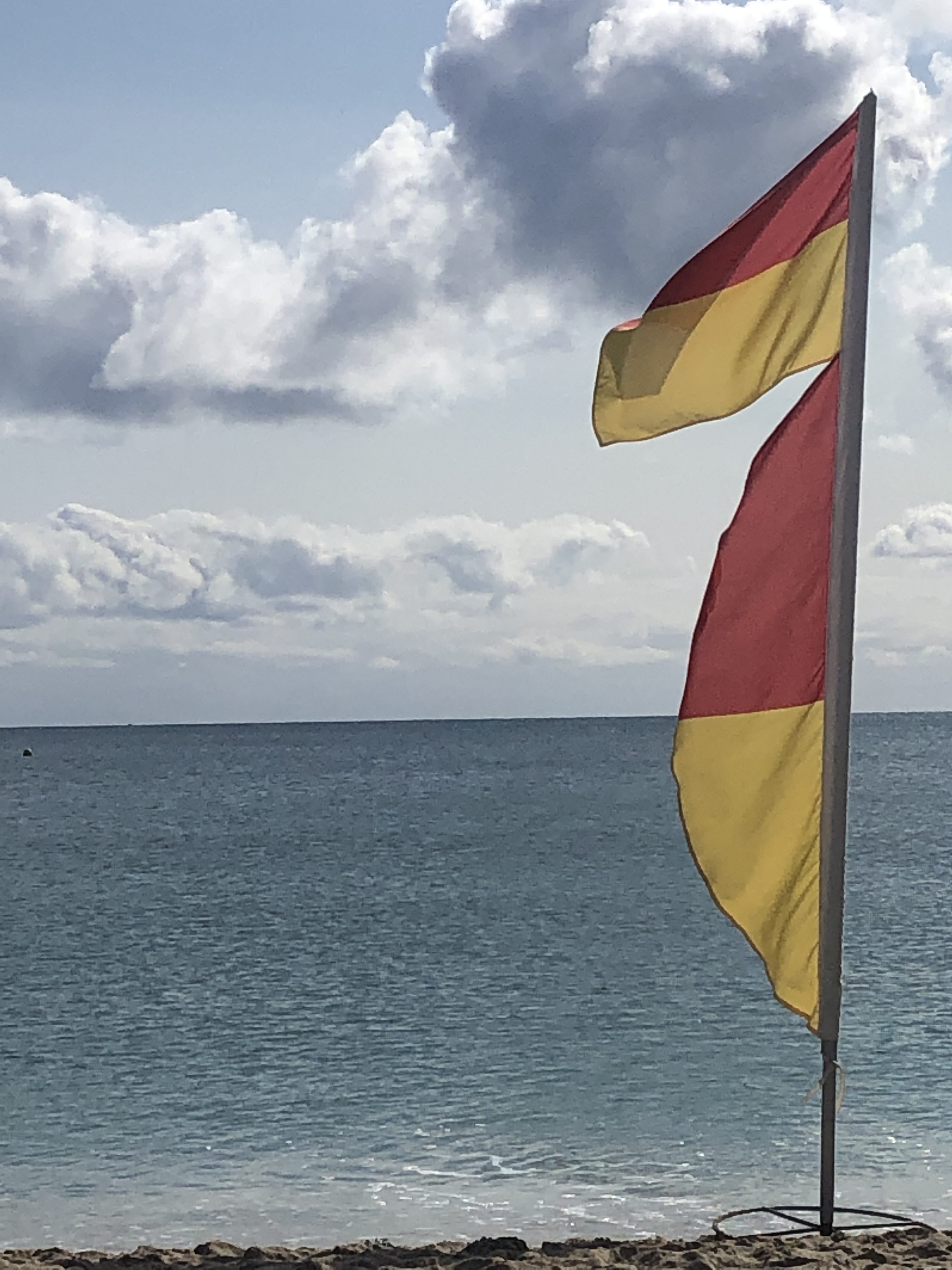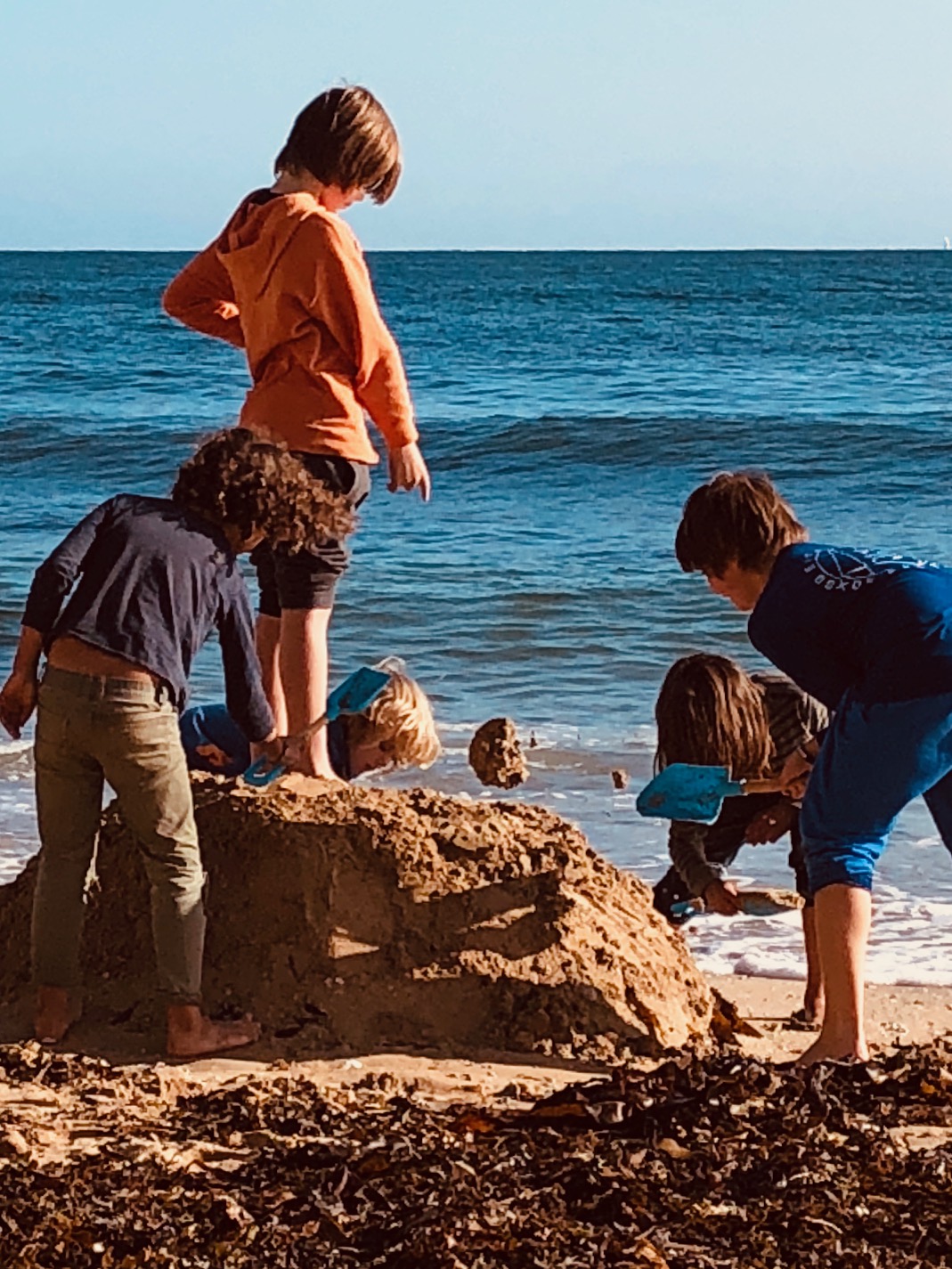How to take public consultation beyond the tick box
The content of this article will not be for everyone. There are still those who believe that the development process, whether for a new hotel or a whole village, should be done with as little consultation with the local community as possible. This won’t be for you.
At first glance, genuine community and stakeholder consultation, going beyond the statutory tick box can feel like an added complication in an already lengthy process. Too unruly, too time-consuming to manage. I’ve certainly heard that point of view on more than one occasion.
I would argue however, that failing to embrace the wealth of knowledge, ideas and energy that exists within local communities, is to miss a huge trick that can be to the detriment of a project. Quite apart from the fact it is also disrespectful.
Further to this I would go so far as to say that the failure to really listen, to really understand, to really work with communities from the word go, absolutely limits the potential of any new development, any new place, any new building, to be all it can be.
I find it remarkable that stakeholder and community consultation/engagement can still be pushed to the pile of ‘something we have to, rather than want to do’, when there is so much richness, so much creativity and so much brilliance to be found in stakeholders and local community.
It is even more remarkable when you consider that through genuine, responsive, engagement, communities can become empowered, enthused and even supportive, for the long run. Injecting new buildings and places with a vibrancy and life that can only come when people are part of shaping them.
Here I look briefly at the benefits of early, engaging and inclusive public consultation in development projects and at what I believe are the key ingredients for this. My 25 years experience in communications and engagement, most recently through my company Garner & Tonic, inform my thinking.
I should start with a positive.
There are many who do embrace genuine community consultation and engagement. They are commissioning and delivering compelling, stimulating engagement programmes for projects across the globe. Even better, as the benefits of taking this type of approach to consultation are more widely acknowledged, their numbers are increasing.
Those who do recognise and capture the benefits, do so largely because of three factors;
- The potential of genuine engagement to build stronger, more consistent and more long-lasting public support around a project,
- Its potential to deliver design and place-making that truly reflect local wants, needs and ideas, thus encouraging community pride and true sense of belonging,
- Its potential, through co-creation, to draw on the wealth of knowledge and ideas that exist in communities, that can add to the expertise of the professional team and thus make the project the very best it can be.
Embracing this type of consultation/engagement process takes you way further than the traditional tick box. Reaching out to audiences beyond the usual suspects and engaging in ways that take the conversation out of traditional settings, into imaginative and rich spaces, designed to encourage positive and constructive dialogue and the sharing of ideas.
The secret to making this type of consultation process successful is for communication to be two way and to be consistent. Think a little more conversation, a little less broadcast.
It must also be inclusive, accessing all pockets of the community, with a mission to truly understand the local picture and all its ingredients.
To reach its potential, the consultation process must also be stimulating and memorable. A member of public involved in a consultation should not feel like it’s a drag or indeed a waste of time. Sadly this is not always the case.
Key to the success of any public consultation programme, will also be clear and well-coordinated internal communications, amongst the entire project team. Ignore this at your peril!
Without clear, informed and timely internal communications, it is nigh on impossible to get external communications right. This usually shows up as a general sense amongst those being ‘consulted’ that questions don’t get answered and that issues raised don’t get satisfactorily resolved.
The emerging feeling around the project as a whole can soon become one of fatigue, even anger, with a growing sense that the project team are out of touch and don’t actually care.
This can so easily be avoided through an internal communications strategy that joins up thinking, is based around project vision and values and sets out a clear protocol for receiving, working through and responding to consultee input.
In conclusion
Community consultation can be a relevant, rich conversation that brings communities and stakeholders right into the development process from the word go. It can also be a managed process, so that it produces outputs that are informative, timely and meaningful for all involved. The key is great communication, both externally and internally, coordinated planning of the programme and open, collaborative, creative thinking.
Early and consistent engagement will build a sense of belonging and ownership that will both empower and invigorate communities, creating resilience through connection and neighbourliness. It is, to my mind an essential ingredient in creating future fit buildings and places.
People give buildings a reason to exist. Without listening to people first, the reason for any new building or village to exist will forever be lacking. Without reason to exist soul is hard to come by.
The services Garner & Tonic offer
- Design and delivery of a complete stakeholder and community engagement programme
- Stakeholder identification, mapping and liaison, to give you a clear understanding of the influencers and power-holders within the local and wider community and a clear strategy for approaching and engaging with them
- Early intelligence gathering to bring understanding of the make up of the community and their headline wants, needs, challenges and concerns. This will inform both tone of voice and content of consultation materials ongoing as well as consultation approach and programme
- Encourage diversity of thinking by creating opportunities to learn from those who have experience and expertise beyond the project team, in specific sectors, such as sustainability, resilience and regenerative thinking
- Act as a bridge between developer/Council/client and the community, building relationships and identifying community ambassadors as relationships progress
- Plan and deliver vibrant, compelling and inspiring communication and engagement activities, fitting of audience and focused on generating meaningful outputs
- Draw out and present data and information gleaned from questionnaires, surveys, feedback forms and conversations to usefully inform the design process
- Create community engagement spaces, real and virtual, that exist for the duration of the project and potentially beyond
- Work with the wider project team to produce audience specific content for use in project materials for public consumption; project websites, short films, brochures, display boards, social media, presentations, questionnaires, feedback forms. Helping you ‘translate’ the technical
- Take on a Comms coordinating role to ensure that the entire project team, both internal and consultants are kept up to speed, are well briefed and on the same page. All signed up to the project vision and values. And clear as to lines of communication, internal and external
For further information email [email protected]








